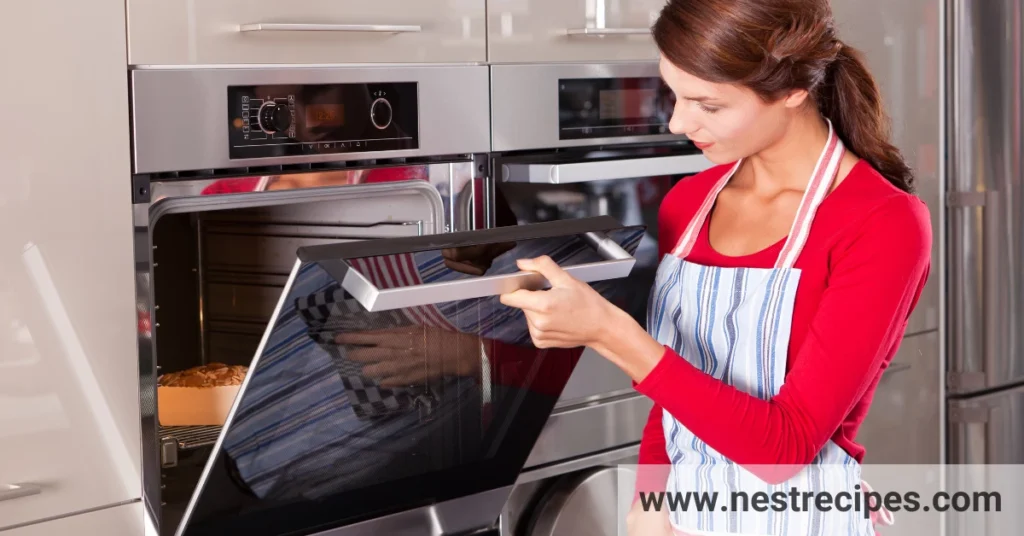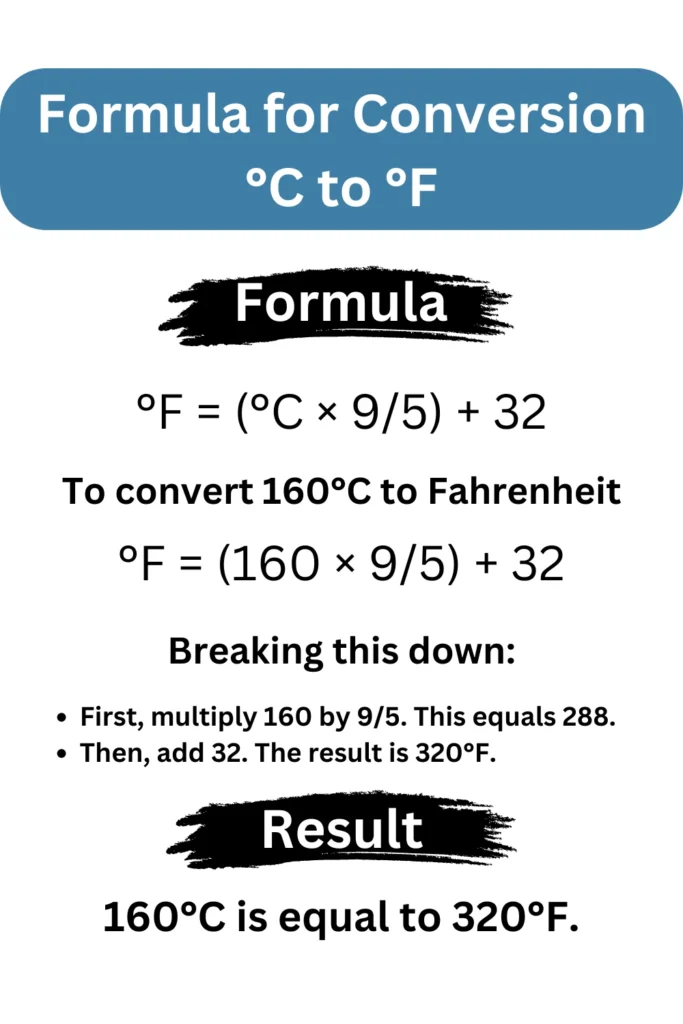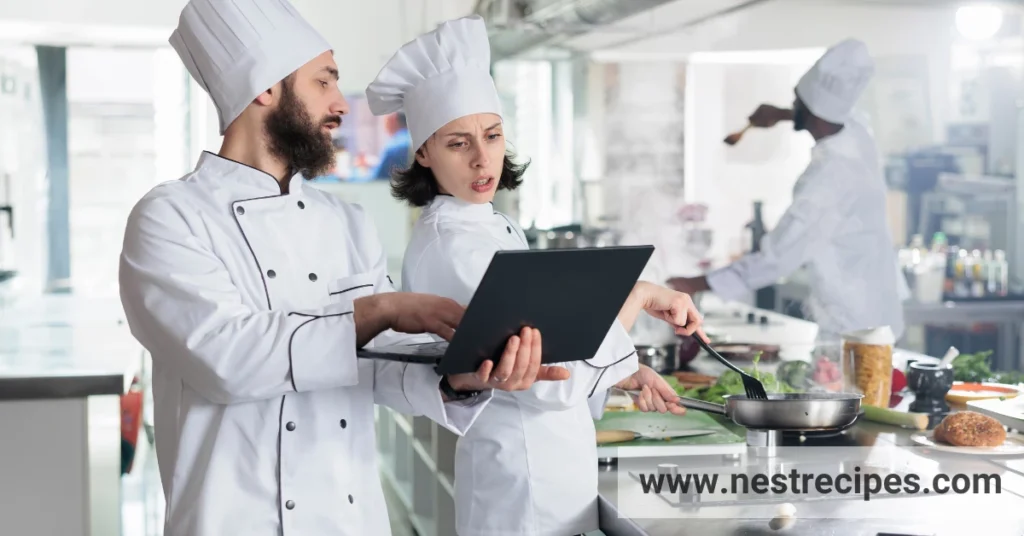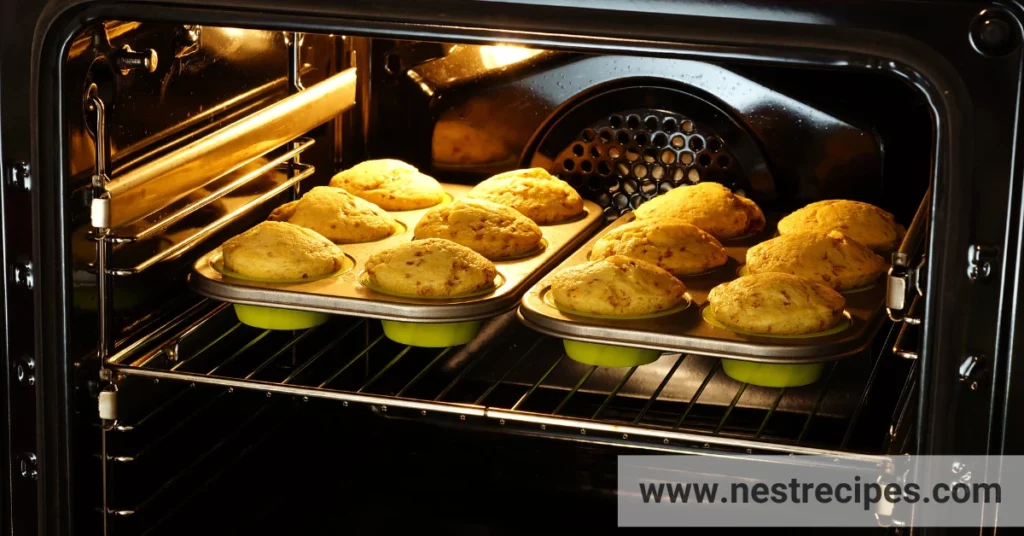
Introduction
Have you ever come across a recipe that calls for an oven temperature of 160°C, but your oven only displays Fahrenheit? Temperature conversions, especially in the kitchen, are essential to getting the results you want. Don’t worry if you’re unfamiliar with converting Celsius to Fahrenheit—we’ve got you covered with this quick and easy guide!
Understanding Celsius and Fahrenheit

What is Celsius?
Celsius (°C) is a metric unit for measuring temperature, widely used across the globe. It’s based on the freezing point of water at 0°C and the boiling point at 100°C, making it intuitive for many uses, especially in science and cooking.
What is Fahrenheit?
Fahrenheit (°F), on the other hand, is used primarily in the United States and a few other countries. In this scale, water freezes at 32°F and boils at 212°F. While it may seem more complicated at first, converting between the two is easy once you know the formula!
History of the Two Temperature Scales
Both Celsius and Fahrenheit were named after their creators, Anders Celsius and Daniel Gabriel Fahrenheit, who developed these systems centuries ago. Today, both scales are used, though Fahrenheit is less common globally.
The Formula for Conversion 160 C to F

Converting Celsius to Fahrenheit follows a simple formula:
°F = (°C × 9/5) + 32
This formula might look a bit complex, but it’s easy to apply once you break it down.
Why Convert 160 C to F?
Real-Life Examples (Cooking, Baking)
Let’s say you’re following a recipe that calls for baking a cake at 160°C. If you live in a country where ovens measure temperature in Fahrenheit, you need to convert that number. Without converting, you risk undercooking or overcooking your dish!
Importance of Temperature Precision in Recipes
Precision is key in cooking and baking. Even a slight difference in temperature can lead to undercooked meals or burnt dishes, which is why accurate conversions are so important.
Step-by-Step Conversion of 160 C to F
To convert 160 C to F, we use the formula:
°F = (160 × 9/5) + 32
Breaking this down:
- First, multiply 160 by 9/5. This equals 288.
- Then, add 32. The result is 320°F.
So, 160°C is equal to 320°F.
Quick Reference for Other Common Temperature Conversions
Here are some quick conversions to keep in mind for common baking temperatures:
- 100°C = 212°F
- 180°C = 356°F
- 200°C = 392°F
Tools for Easy Temperature Conversion

Conversion Apps and Calculators
To make life easier, there are plenty of apps and online tools that can instantly convert temperatures. Popular options include Google’s built-in conversion tool, kitchen apps, and smart appliance settings.
Built-in tools in Kitchen Appliances
Many modern ovens have a built-in conversion feature, allowing you to switch between Celsius and Fahrenheit with the push of a button.
Avoiding Common Mistakes in Temperature Conversion
Rounding Errors
Sometimes people round numbers too much when converting, which can lead to inaccurate cooking times. Always try to use precise values.
Misunderstanding Celsius and Fahrenheit Differences
It’s easy to confuse the two scales, especially when they don’t seem intuitive. A solid understanding of both can help you avoid mishaps in the kitchen.
The Science Behind Temperature Measurement

How Temperature Affects Cooking and Baking
Temperature plays a critical role in the chemical reactions that occur during cooking and baking. For instance, yeast dough rises better in warmer environments, while sugar caramelizes at high temperatures.
Why Some Recipes Specify Exact Temperatures
Baking requires precision because small temperature changes can have a big impact on the final product.
Celsius vs. Fahrenheit in Daily Life
Which Countries Use Celsius and Which Use Fahrenheit?
Most countries use Celsius, except for a few like the United States. This global divide can lead to confusion when following international recipes.
How Global Communication Affects Temperature Conversion
As the world becomes more connected, it’s important to know how to convert temperatures, especially for anyone who loves trying recipes from different countries.
Baking at 160°C: Why Precision Matters
When baking at 160°C (or 320°F), it’s crucial to maintain that temperature for optimal results. Whether you’re making a cake or roasting vegetables, too much variation can ruin the texture or flavor.
How to Memorize Key Temperature Conversions
One easy way to remember common conversions is to note that 160°C equals 320°F. A few simple key numbers can help you avoid looking up conversions repeatedly.
Celsius to Fahrenheit Conversion Table
| Celsius (°C) | Fahrenheit (°F) |
| 100°C | 212°F |
| 160°C | 320°F |
| 180°C | 356°F |
| 200°C | 392°F |
Other Conversion Tips for the Kitchen
Converting other measurements like grams to ounces or liters to cups can also be helpful when following international recipes. Keeping a conversion chart nearby can save time.
Conclusion
Converting 160 C to F is simple once you know the formula. With a little practice, you’ll be a pro at switching between Celsius and Fahrenheit in no time. Keep this guide handy for your next kitchen adventure!
FAQs
Why do I need to convert Celsius to Fahrenheit?
If you’re using a recipe or oven that uses a different temperature scale, converting ensures accuracy.
Can I use an app for temperature conversion?
Yes, many apps and online tools can convert temperatures for you.
Is Fahrenheit or Celsius better for cooking?
Both work well, but Celsius is more common in international recipes, while Fahrenheit is often used in the U.S.
What happens if I bake at the wrong temperature?
Baking at the wrong temperature can affect the texture, rise, and doneness of your dish.
